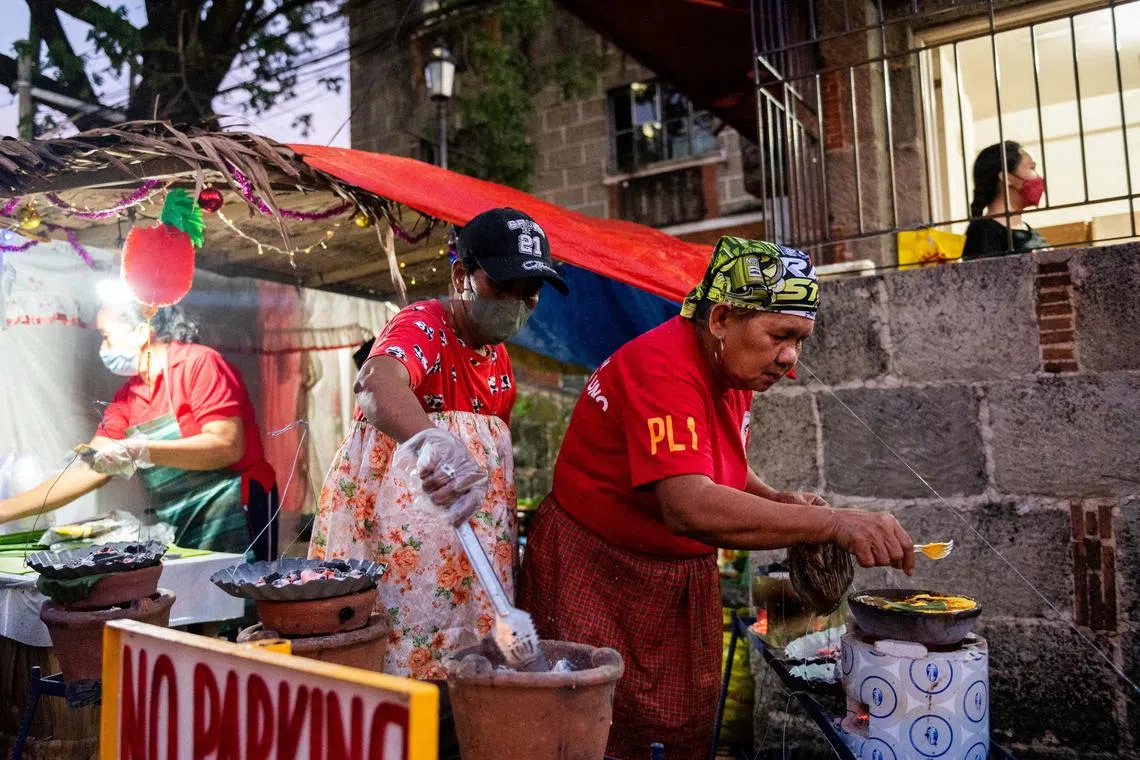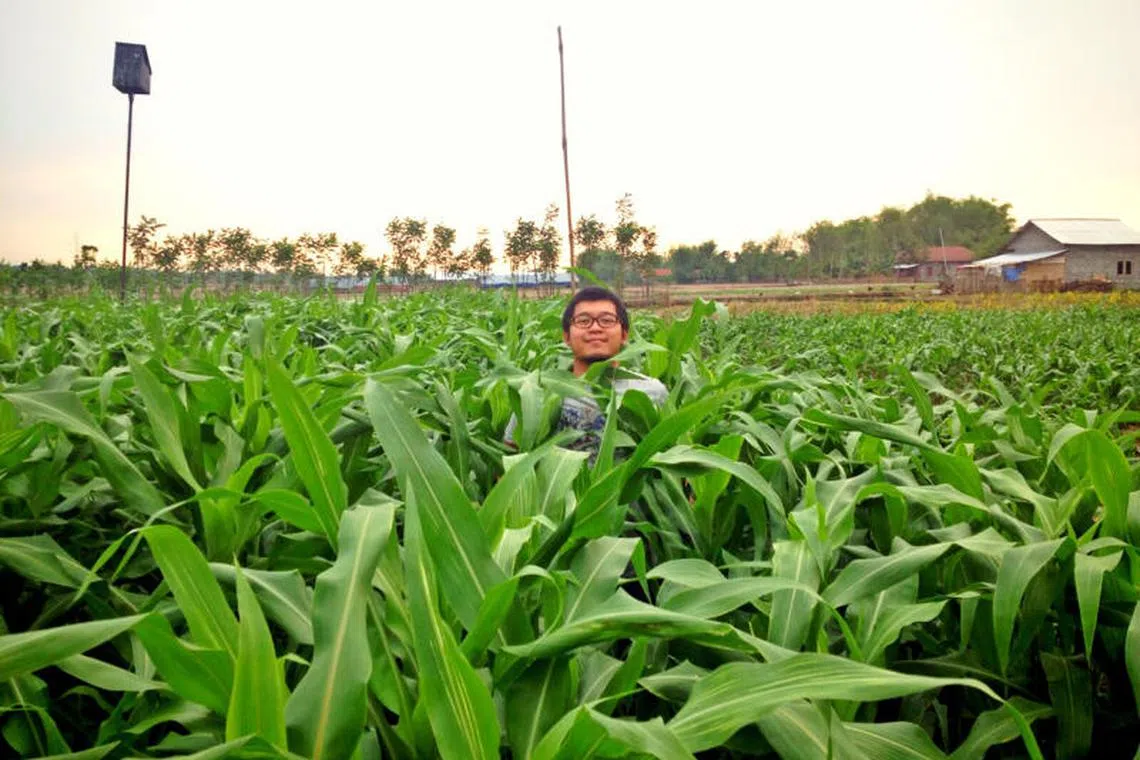Cracks in Asia’s rice bowl: How climate change, smaller yields are affecting production of food staple
Asian Insider looks at how rice-producing countries in South-east Asia are tackling these issues.
Sign up now: Get ST's newsletters delivered to your inbox
Follow topic:
Thailand’s rice bowl threatened by rise of regional rivals

PHOTO: BLOOMBERG
In 2022, Thailand’s Hom Mali rice lost its title of the World’s Best Rice to Cambodia’s Phka Rumduol grain, marking an embarrassing defeat for the crop often touted as the pride of the nation.
The Thai grain’s lack of fragrance – a deciding factor in its loss, according to one of the judges – spurred industry leaders to hurriedly launch an investigation into the matter. They ultimately chalked the defeat up to unfavourable weather conditions and inauthentic rice seeds, which diluted the variety’s distinctive aroma.
While the annual contest held at the World Rice Conference is just a friendly competition, the upset for Thailand, which was title winner two years in a row before this, underscores the growing rivalry in South-east Asia, where rice-exporting nations are racing to produce cheaper, better quality grain to gain more market share.
The Philippines has a staple problem with rice – and it’s not going away soon

PHOTO: REUTERS
The Philippines is teeming with agricultural land and has a climate suitable for growing rice and yet, for decades, the tropical country has struggled to produce enough of this food staple to feed its surging population.
It is quite the irony for a nation where rice is deeply ingrained in its culture, history and cuisine. Rice is an essential part of every Filipino meal, with families serving it for breakfast, lunch and dinner. Traditional snacks are made from sticky rice.
The crop is also associated with many Philippine rituals and customs. Rice grains are thrown over newly-weds as they exit the church to symbolise a shower of blessings. When Filipinos move to a new home, superstition says they must bring a bag of rice with them so they would never go hungry.
Indonesia turns to sorghum to expand food sources beyond rice and wheat

PHOTO: SEDANA PANEN SEJAHTERA
Indonesia is reintroducing the farming of sorghum, a popular staple food in the old days, as it seeks to expand its staple food sources beyond rice and wheat.
The rice-eating country is aiming to have 30,000ha of sorghum plantations by end-2023, and 40,000ha by 2024, from less than 10,000ha today.
The increased sorghum acreage will still be dwarfed by the 7.5 million ha of rice fields across the world’s largest archipelagic nation, underscoring the importance of rice to the Indonesians.

